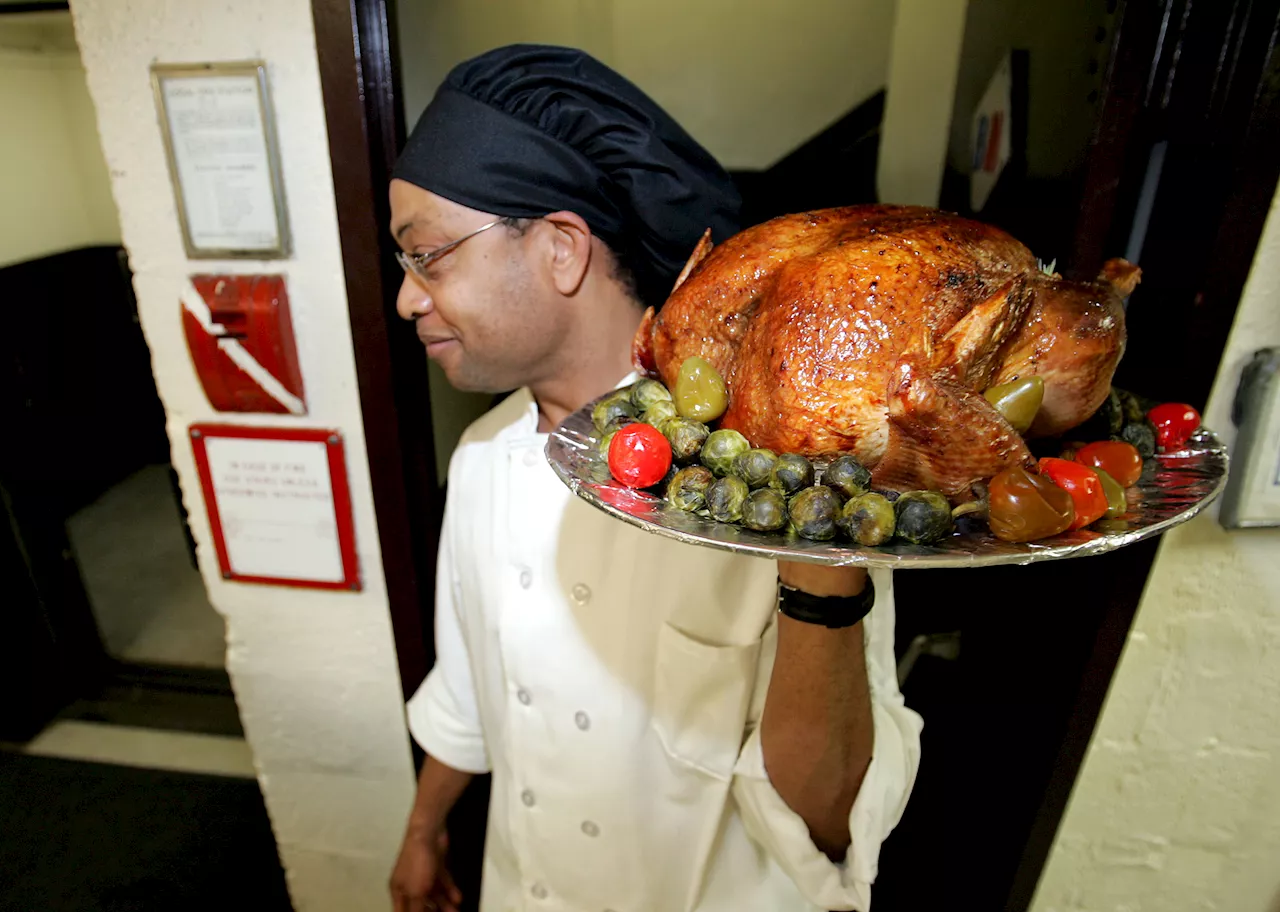As the clocks turn back for daylight savings, pet owners may notice changes in their animals’ behavior and feeding habits. Adjusting to the time shift can be stressful for both pets and their owners, leading to questions about how to best manage routines during this transition.
Understanding Pets’ Responses to Daylight Savings
According to Dr. Jerry Klein, Chief Veterinarian at the American Kennel Club, pets do not adhere to human-defined time. Instead, they align their routines with natural light patterns. “Dogs respond to daylight, and they wake when the sun rises and sleep when it’s dark,” Dr. Klein explains. Their physical and behavioral processes are synchronized with the sun, which means that changes in artificial time can create confusion.
For dogs, signs of distress may manifest through grumpiness or increased vocalizations. If a dog appears upset or restless, owners should consider adjusting feeding times slightly earlier to help ease the transition. For instance, if the scheduled dinner is at 6 p.m., it may be beneficial to feed them at 5:45 p.m. initially, then gradually shift to 5:30 p.m. This approach can help maintain a sense of routine during the adjustment period.
The Feline Perspective and Feeding Strategies
Cats also respond to changes in daylight, often adjusting their behavior based on sun exposure. Sally Cragin, director of Be PAWSitive: Therapy Pets and Community Education, notes that cats tend to follow the sun throughout the day. This means their napping spots may change as sunlight streams through windows, leading to fluctuating activity levels.
When the sun rises, cats typically wake up, and as it sets, they may also wind down—until their energetic nighttime antics begin. Because cats have a faster metabolism compared to dogs, they may feel hungrier between meals. Pet owners are advised to stick to a consistent feeding schedule rather than adopting a “grazing” method, where dry food is left out all day. This helps maintain healthy eating habits and ensures that pets remain engaged with their owners.
During this period of increased darkness and potential behavioral shifts, it is essential for pet owners to spend quality time with their animals. Engaging with pets not only benefits their mental health but also enhances the owner’s mood through the release of oxytocin and dopamine.
Ultimately, understanding how daylight savings affects pets can lead to smoother transitions for both animals and their owners. By remaining attentive to behavioral changes and adjusting feeding times accordingly, pet owners can help alleviate stress and maintain harmony in their homes.







